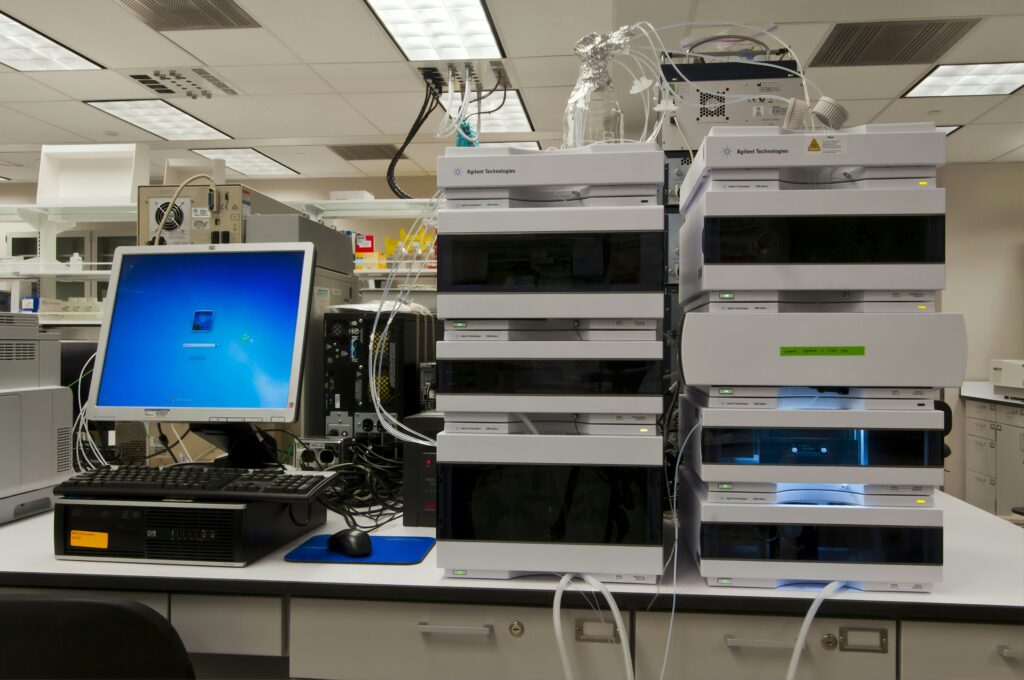
A groundbreaking study has uncovered that the waxing and waning of Arctic sea ice over the past 300,000 years is more closely tied to atmospheric warming than ocean heat. This revelation, derived from cosmic dust sedimentation on the sea floor, offers critical insights into how current melting trends might alter the Arctic’s ecological and biological landscape. As the Arctic continues to warm faster than any other region on Earth, the precipitous decline in sea ice coverage not only threatens local ecosystems and communities but also has significant global climate and economic repercussions.
The new research, led by Frank Pavia and his team, introduces a novel geochemical technique to examine the historical abundance of sea ice. By analyzing two isotopes—extraterrestrial helium-3 (3HeET) and thorium-230 (230Thxs,0)—preserved in Arctic Ocean sediments, the study provides a rare glimpse into past ice coverage. These isotopes, which settle on the seafloor under ice-free conditions, originate from vastly different sources. Helium-3 is delivered by cosmic dust, while thorium-231 is produced within the ocean through uranium decay. The ratio of these isotopes in sediment cores reveals periods of ice cover, offering a timeline of ice presence over millennia.
Historical Context and Methodology
During the last ice age, the central Arctic Ocean was covered by sea ice year-round. As temperatures began to rise around 15,000 years ago, ice started to retreat, leading to predominantly seasonal ice during the early Holocene. This pattern reversed as global climates cooled, expanding sea ice once more. The study’s findings challenge the prevailing assumption that oceanic inflows of warm water were the primary drivers of past Arctic sea-ice extent.
Pavia’s team utilized the isotopic ratio to pinpoint when and where the ocean surface was covered by ice. The research underscores the role of atmospheric warming in driving these changes, a factor that has often been underestimated in previous models. This nuanced understanding of ice dynamics is crucial, given the Arctic’s pivotal role in global climate regulation.
Implications for Modern Climate Change
The implications of these findings are profound. As the Arctic ice continues to diminish, the region’s nutrient balance and biological productivity are poised for significant shifts. The study highlights a close coupling between sea ice variation and biological nutrient use, suggesting that as ice retreats, surface productivity increases. This could enhance biological nutrient consumption, impacting marine ecosystems and food webs.
“Future reductions in Arctic sea ice are likely to enhance biological nutrient consumption, with implications for long-term marine productivity in a warming Arctic Ocean,” the study notes.
Such changes could have cascading effects on global fisheries, weather patterns, and even economic activities reliant on Arctic resources. The research provides a crucial piece of the puzzle in predicting the Arctic’s future, emphasizing the need for comprehensive climate models that incorporate these new insights.
Expert Opinions and Future Directions
Experts in the field have lauded the study for its innovative approach and the clarity it brings to a complex issue. Dr. Maria Thompson, a climate scientist not involved in the study, remarked, “This research provides a vital historical context that is often missing in climate models. Understanding the past is key to predicting future trends.”
The study’s authors advocate for further research to refine these findings and explore their broader implications. They stress the importance of long-term data collection and the development of more sophisticated models to anticipate the Arctic’s trajectory in a warming world.
As the global community grapples with the challenges of climate change, this study serves as a reminder of the intricate interplay between atmospheric conditions and sea ice dynamics. The Arctic’s fate is not just a regional concern but a global one, with far-reaching consequences for the planet’s climate system.
In conclusion, while the study sheds light on the past, it also underscores the urgency of addressing the present and future impacts of climate change. The Arctic’s transformation is a bellwether for the broader environmental shifts facing our world, demanding concerted efforts to mitigate and adapt to these changes.







